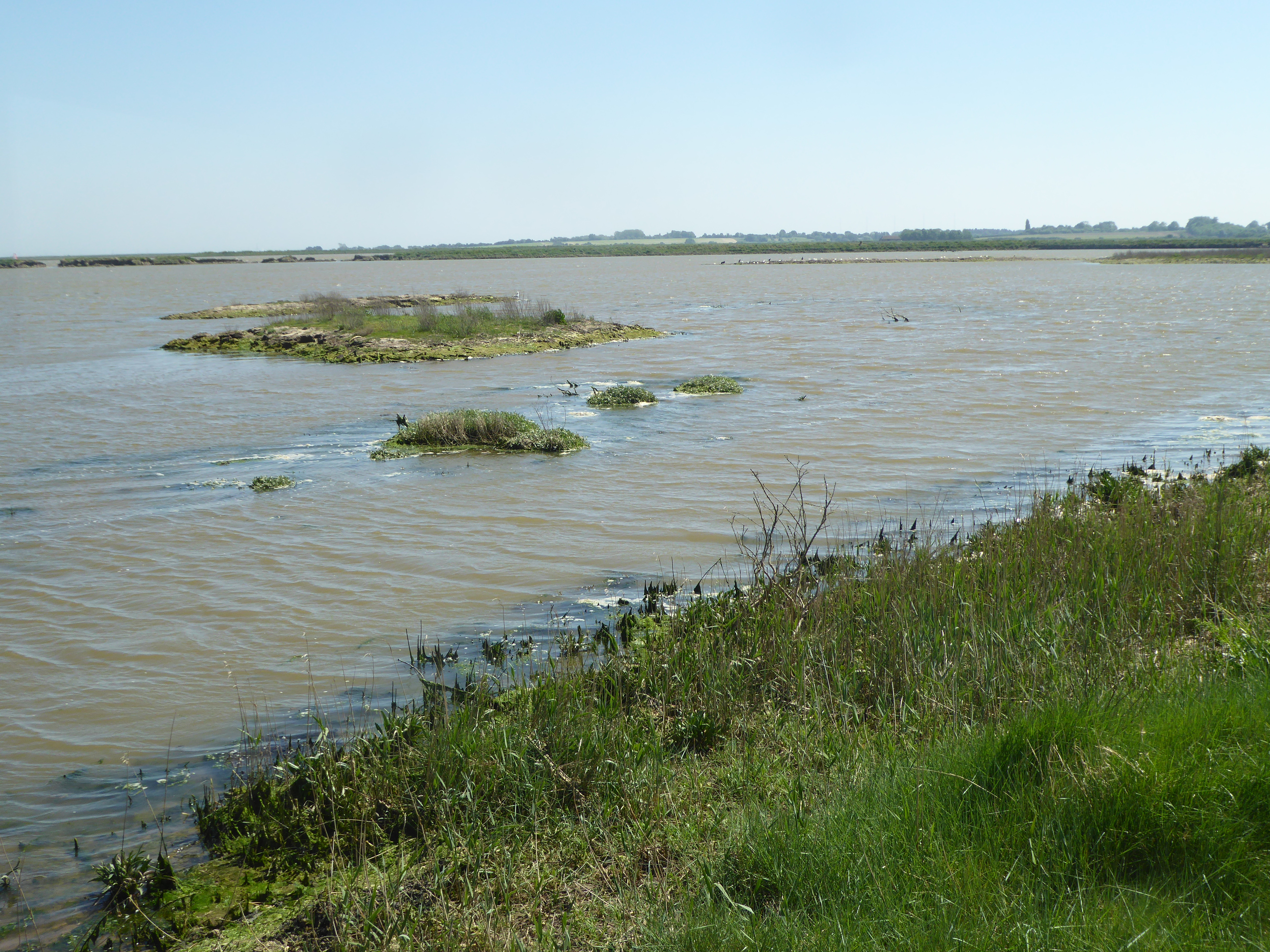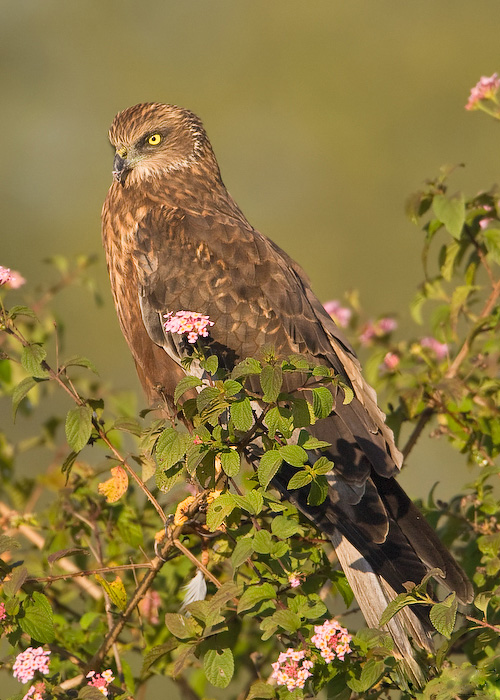|
Darsham Marshes
Darsham Marshes is a 20 hectare nature reserve south of Darsham in Suffolk, England. It is owned and managed by the Suffolk Wildlife Trust. This marsh and fen site has two ponds and a network of dykes. The wildlife is diverse and flowering plants include ragged-robin, yellow flag, marsh marigold and southern marsh orchid. There are birds such as marsh harriers and hen harriers, and mammals include otters Otters are carnivorous mammals in the subfamily Lutrinae. The 13 extant otter species are all semiaquatic, aquatic, or marine, with diets based on fish and invertebrates. Lutrinae is a branch of the Mustelidae family, which also includes wea ... and water voles. There is access from Westleton Road. References {{Suffolk Wildlife Trust Suffolk Wildlife Trust ... [...More Info...] [...Related Items...] OR: [Wikipedia] [Google] [Baidu] |
Darsham
Darsham is a village in Suffolk, England. It is located approximately north east of Saxmundham. The village is bypassed by the A12 and is served by Darsham railway station, which is approximately one mile away from the village centre, on the Ipswich-Lowestoft East Suffolk Line. The name of the village of Darsham derives from Deores Ham — home of the deer. This name is borne out by early reference to local roadways as chaseways. There was hunting in this area as late as the 18th century. Darsham is a mixed community with six farms. The village still has a pub, The Fox, however over the past few years the village has lost its school, shop and post office. The garage on the A12, now primarily a petrol station, has a cafe and a shop. There is also a farm shop, a handmade tile factory, a pottery, a builder, an irrigation contractor, seed and feed merchants and a cafe, a private nursing home and a plant nursery with a shop and restaurant. History The village gave its name to ... [...More Info...] [...Related Items...] OR: [Wikipedia] [Google] [Baidu] |
Suffolk
Suffolk () is a ceremonial county of England in East Anglia. It borders Norfolk to the north, Cambridgeshire to the west and Essex to the south; the North Sea lies to the east. The county town is Ipswich; other important towns include Lowestoft, Bury St Edmunds, Newmarket, and Felixstowe which has one of the largest container ports in Europe. The county is low-lying but can be quite hilly, especially towards the west. It is also known for its extensive farming and has largely arable land with the wetlands of the Broads in the north. The Suffolk Coast & Heaths and Dedham Vale are both nationally designated Areas of Outstanding Natural Beauty. History Administration The Anglo-Saxon settlement of Suffolk, and East Anglia generally, occurred on a large scale, possibly following a period of depopulation by the previous inhabitants, the Romanised descendants of the Iceni. By the fifth century, they had established control of the region. The Anglo-Saxon inhabitants later b ... [...More Info...] [...Related Items...] OR: [Wikipedia] [Google] [Baidu] |
Suffolk Wildlife Trust
Suffolk Wildlife Trust (SWT) describes itself as the county's "nature charity – the only organisation dedicated wholly to safeguarding Suffolk's wildlife and countryside." It is a registered charity, and its headquarters is at Brooke House in Ashbocking, near Ipswich. It was founded in 1961,About us , Suffolk Wildlife Trust. Retrieved 3 March 2014. and is one of 46 covering the . As of March 2017, it has 13,200 members, and it manages of land in 60 nature reserves, most of whi ... [...More Info...] [...Related Items...] OR: [Wikipedia] [Google] [Baidu] |
Ragged-robin
''Silene flos-cuculi'' (syn. ''Lychnis flos-cuculi''), commonly called ragged-robin, is a perennial herbaceous plant in the family Caryophyllaceae. This species is native to Europe and Asia, where it is found along roads and in wet meadows and pastures. In Britain it has declined in numbers because of modern farming techniques and draining of wet-lands and is no longer common. However, it has become naturalized in parts of the northern United States and eastern Canada. Description ''Silene flos-cuculi'' forms a rosette of low growing foliage with numerous flower stems 20 to 90 cm tall. The stems rise above the foliage and branch near the top of the stem and end with the pink flowers which are 3–4 cm across. The flowers have five narrow petals deeply divided into four lobes giving the flower an untidy, ragged appearance, hence its common name. The calyx tube is five-toothed with ten stamens. The leaves are paired, with the lower leaves spoon-shaped and stalked. The ... [...More Info...] [...Related Items...] OR: [Wikipedia] [Google] [Baidu] |
Iris Pseudacorus
''Iris pseudacorus'', the yellow flag, yellow iris, or water flag, is a species of flowering plant in the family Iridaceae. It is native to Europe, western Asia and northwest Africa. Its specific epithet ''pseudacorus'' means "false acorus", referring to the similarity of its leaves to those of ''Acorus calamus'' (sweet flag), as they have a prominently veined mid-rib and sword-like shape. However, the two plants are not closely related. The flower is commonly attributed with the fleur-de-lis. Description This herbaceous flowering perennial plant grows to , or a rare tall, with erect leaves up to long and broad. The flowers are bright yellow, across, with the typical iris form. The fruit is a dry capsule long, containing numerous pale brown seeds. ''I. pseudacorus'' grows best in very wet conditions, and is common in wetlands, where it tolerates submersion, low pH, and anoxic soils. The plant spreads quickly, by both rhizome and water-dispersed seed. It fills a simila ... [...More Info...] [...Related Items...] OR: [Wikipedia] [Google] [Baidu] |
Marsh Marigold
''Caltha palustris'', known as marsh-marigold and kingcup, is a small to medium size perennial herbaceous plant of the buttercup family, native to marshes, fens, ditches and wet woodland in temperate regions of the Northern Hemisphere. It flowers between April and August, dependent on altitude and latitude, but occasional flowers may occur at other times. Description ''Caltha palustris'' is a high, hairless, fleshy, perennial, herbaceous plant that dies down in autumn and overwinters with buds near the surface of the marshy soil. The plants have many, thick strongly branching roots. Its flowering stems are hollow, erect or more or less decumbent. The alternate true leaves are in a rosette, each of which consist of a leaf stem that is about four times as long as the kidney-shaped leaf blade, itself between long and wide, with a heart-shaped foot, a blunt tip, and a scalloped to toothed, sometime almost entire margin particularly towards the tip. In their youth the leaves ... [...More Info...] [...Related Items...] OR: [Wikipedia] [Google] [Baidu] |
Southern Marsh Orchid
''Dactylorhiza praetermissa'', the southern marsh orchid or leopard marsh orchid, is a commonly occurring species of European orchid. Description ''Dactylorhiza praetermissa'' grows to tall, with leaves generally unspotted. The flowers, appearing from May to July, are various shades of pink with variable markings. The basal lip of the flower is rounded. This species is able to form hybrid (biology)#In plants, hybrids with other ''Dactylorhiza'' species, and crosses with ''Dactylorhiza fuchsii'' occur especially often. Distribution and habitat It is native to northern and central Europe (Great Britain, Britain, Denmark, Norway, Sweden, Germany, Netherlands, Belgium, France, Estonia and Latvia). It is also reportedly naturalized in Italy and in parts of Canada (Ontario and Newfoundland). This species is found close to water, in damp alkaline meadows, by ponds, lakes or reservoirs and in Interdunal wetland, dune slacks. Ecology The flowers of this species are pollinated by in ... [...More Info...] [...Related Items...] OR: [Wikipedia] [Google] [Baidu] |
Marsh Harrier
The marsh harriers are birds of prey of the harrier subfamily. They are medium-sized raptors and the largest and broadest-winged harriers. Most of them are associated with marshland and dense reedbeds. They are found almost worldwide, excluding only the Americas. Until recently two species were generally recognized: the marsh harrier (''Circus aeruginosus'') and the African marsh harrier (''C. ranivorus''). The marsh harrier is now usually split into several species, sometimes as many as six. These are the western marsh harrier (''C. aeruginosus''), eastern marsh harrier (''C. spilonotus''), Papuan harrier (''C. spilonotus spilothorax'' or ''C. spilothorax''), swamp harrier (''C. approximans''), Réunion harrier (''C. maillardi maillardi'' or ''C. maillardi'') and Madagascar marsh harrier (''C. maillardi macrosceles'' or ''C. macrosceles''). At the beginning of the 20th century, the marsh harrier was hunted to extinction in the United Kingdom. After being reintroduced from other ... [...More Info...] [...Related Items...] OR: [Wikipedia] [Google] [Baidu] |
Hen Harrier
The hen harrier (''Circus cyaneus'') is a bird of prey. It breeds in Eurasia. The term "hen harrier" refers to its former habit of preying on free-ranging fowl. It migrates to more southerly areas in winter. Eurasian birds move to southern Europe and southern temperate Asia. In the mildest regions, such as France and Great Britain, hen harriers may be present all year, but the higher ground is largely deserted in winter. The northern harrier was formerly considered to be a subspecies of the hen harrier. Taxonomy In 1758 the English naturalist George Edwards included an illustration and a description of the hen harrier in the first volume of his ''Gleanings of Natural History''. He used the English name "The blue hawk". Edwards based his hand-coloured etching on a bird that had been shot near London. When in 1766 the Swedish naturalist Carl Linnaeus updated his ''Systema Naturae'' for the twelfth edition, he placed the hen harrier with the falcons and eagles in the genus '' ... [...More Info...] [...Related Items...] OR: [Wikipedia] [Google] [Baidu] |
Lutra Lutra
The Eurasian otter (''Lutra lutra''), also known as the European otter, Eurasian river otter, common otter, and Old World otter, is a semiaquatic mammal native to Eurasia. The most widely distributed member of the otter subfamily (Lutrinae) of the weasel family (Mustelidae), it is found in the waterways and coasts of Europe, many parts of Asia, and parts of northern Africa. The Eurasian otter has a diet mainly of fish, and is strongly territorial. It is endangered in some parts of its range, but is recovering in others. Description The Eurasian otter is a typical species of the otter subfamily. Brown above and cream below, these long, slender creatures are well-equipped for their aquatic habits. Their bones show osteosclerosis, increasing their density to reduce buoyancy. This otter differs from the North American river otter by its shorter neck, broader visage, the greater space between the ears and its longer tail. However, the Eurasian otter is the only otter in much of its r ... [...More Info...] [...Related Items...] OR: [Wikipedia] [Google] [Baidu] |
Arvicola Amphibius
The European water vole or northern water vole (''Arvicola amphibius''), is a semi-aquatic rodent. It is often informally called the water rat, though it only superficially resembles a true rat. Water voles have rounder noses than rats, deep brown fur, chubby faces and short fuzzy ears; unlike rats their tails, paws and ears are covered with hair. In the wild, on average, water voles only live about five months. Maximum longevity in captivity is two and a half years. Appearance Water voles reach in length, plus a tail which is about half the length of the body. Weights reported for adults are variable. It is possible for large, optimal adults to weigh as much as However, these are peak weights. Elsewhere, the mean body mass has been reported as , although this figure includes immature water voles. The minimum weight to successfully breed as well as to survive winter is reportedly in females and in males.Yavuz, Güliz, Ercüment Çolak, and Teoman Kankılıç. ''Investig ... [...More Info...] [...Related Items...] OR: [Wikipedia] [Google] [Baidu] |





